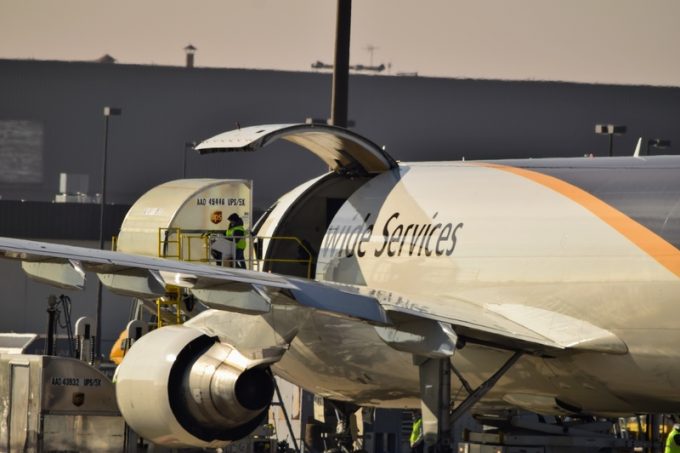UPS unveils 'game-changing' Global Checkout – no more surprise import fee
PRESS RELEASE UPS Unveils Game-Changing UPS® Global Checkout: No More Surprise Import Fees 03-26-2025 3 MIN READ Available ...

While the air cargo industry waits to see how the three-cornered airport system puzzle at the Mexican capital plays out, FedEx and UPS are both ramping up their game in the country.
The latest move came from UPS – a new air route between Louisville and Mexico on 6 February, on the heels of the ratification of the new free trade agreement, USMCA, by the US government.
The integrator now operates five nights a week between its main hub and Querétaro with ...
'Disastrous' DSV-Schenker merger would 'disrupt European haulage market'
'Chaos after chaos' coming from de minimis changes and more tariffs
List of blanked transpac sailings grows as trade war heats up and demand cools
Shippers in Asia restart ocean shipment bookings – but not from China
India withdraws access for Bangladesh transhipments, in 'very harmful' decision
'Tariff hell' leaves industries in limbo – 'not a great environment to plan'
Asian exporters scramble for ships and boxes to beat 90-day tariff pause
Temporary tariff relief brings on early transpacific peak season
Pre-tariff rush of goods from US to China sees air rates soar, but not for long
De minimis-induced ecommerce demand slump could cripple freighter operators
Forwarders 'allowing the fox into the chicken run' by supporting 'hungry' carriers
Volumes set to 'fall off a cliff' as US firms hit the brakes on sourcing and bookings
Hapag 'took the bigger risk' when it signed up to Gemini, says Maersk
'Restoring America's maritime dominance' – stop laughing at the back of the class
Navigating tariffs: 'like trying to solve a Rubik's cube while colour-blind'


Comment on this article